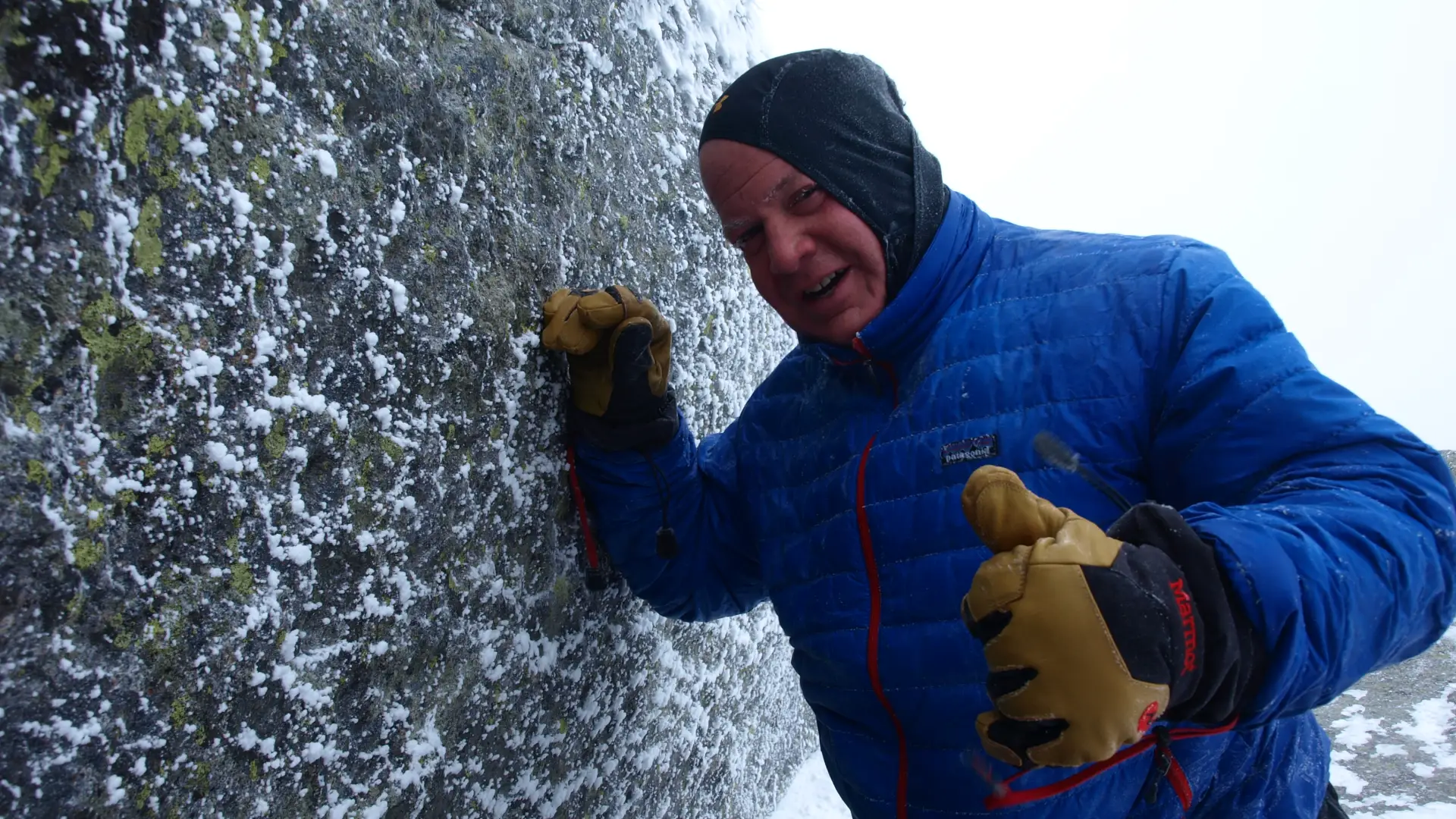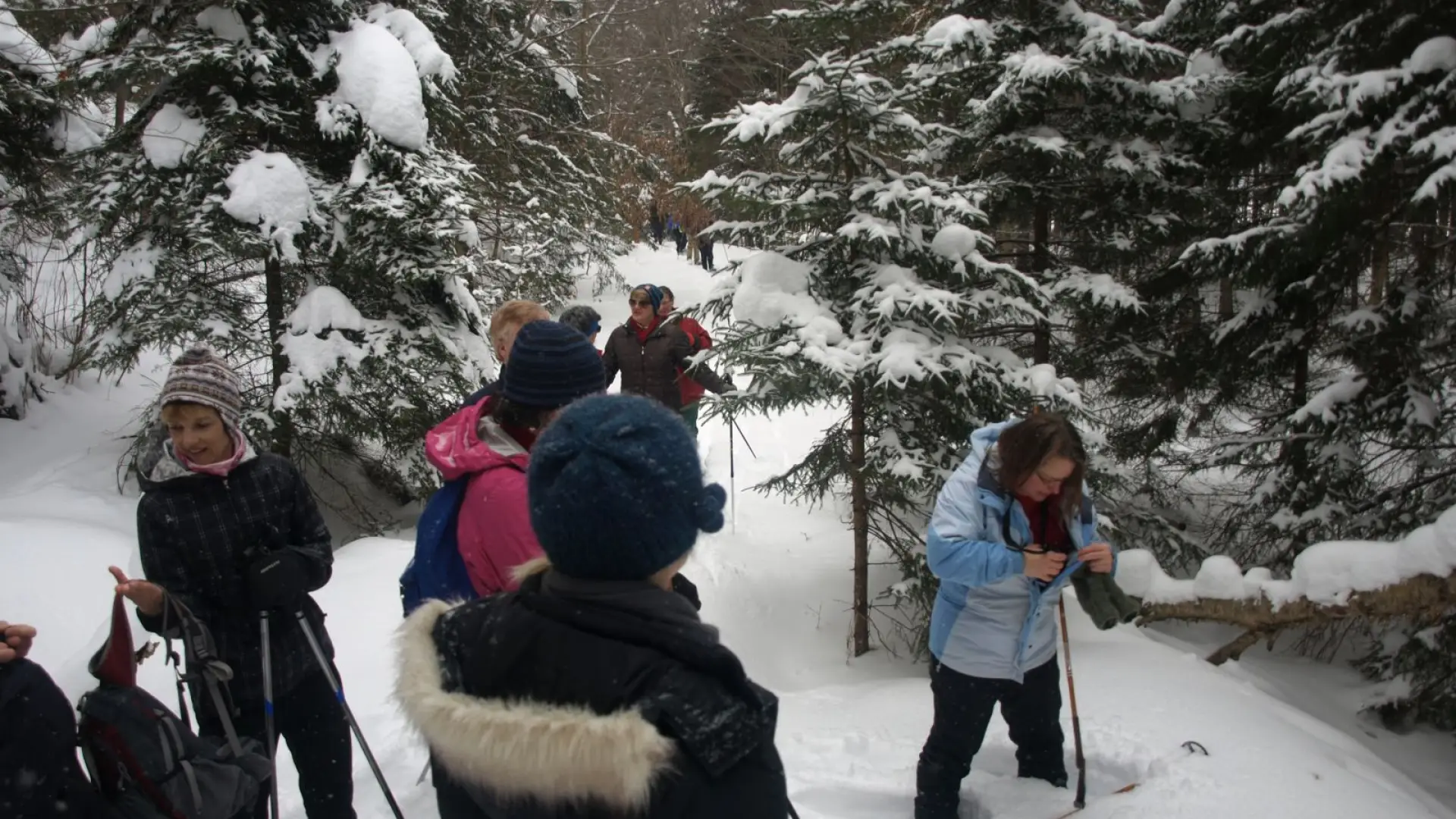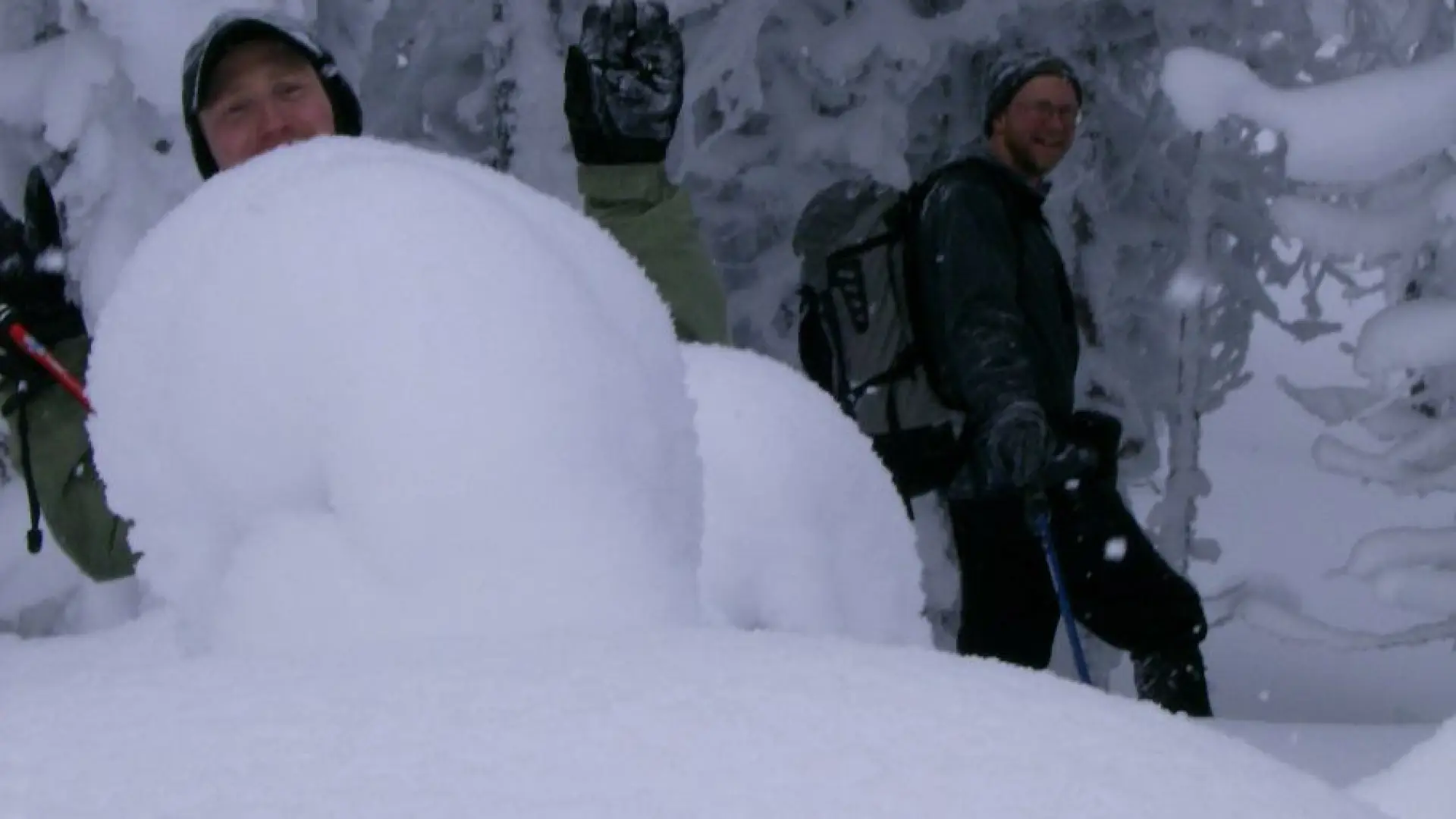
Are you a trip leader?
Trip planning techniques for all seasons.
Are you leading a trip up an Adirondack mountain, to a pond, along the river, or someplace else that’s really cool? Well, there are some things to consider before you head out. While I am sure that you want everyone to have a good time there are safety concerns that you should look at first; then you can look into being the tour guide that introduces others to the history of the area or boiling up some hot water for pine tea. Sit back and ask yourself these questions and keep them in mind if the trip is an open invite, which can be the case if you are leading a trip for a third party.

Who will be on the trip?
It's important to know well in advance who will be on the trip and their contact information. You will need to touch base with them (either by email or phone) prior to the trip and supply them with a list of the proper clothing and gear for the conditions they may encounter. It's important to let them know you may have to turn them away if they are not properly prepared.

How many will be on the trip and can you handle that many?
In most areas there is a group limit of 15, and that includes you. If the group spans that number you cannot lead the entire group. There legally needs to be 15 or fewer people in the group and a 1-mile separation between any additional members if the group is split up. If the group is split up there needs to be an additional leader; you cannot lead both groups. If you have 14 in the group, can you handle keeping track of that many individuals? It’s tough, that’s a lot of people to keep tabs on. If you can’t comfortably handle that many participants, limit the number of people who can sign up. Another option is to elect a “sweeper.” This is a person that is always in the back making sure that no one gets left behind – this is actually a good idea for any group size over six.

What is the current ability of the group?
Be sure to ask the question about previous experience and ability. You need to know if the trip could be too much for someone. This could essentially not only be hazardous for the person involved, but the entire group. People are often overconfident in their abilities and some find themselves biting off more than they can chew. To help avoid this, be sure to get all the information about the trip to each and every participant before they sign up, even the minor details that might seem insignificant. Spell it out to them so there is no confusion or misunderstandings.

Does anyone in the group have any allergies or health concerns?
If you are leading a group for another party they should have asked these questions, but you still need to know as the leader. If you are leading the trip be sure to ask this question. Ask the question in a group setting, but also talk privately with each individual as they may not want the entire group to know. Realize unless you are a paramedic, you can't administer any drugs to a participant. These are important concerns to consider, the answers could change the days events, pace, destination, or even the ability for them to go at all.

Are you starting at a good time?
This call will have to be based on the ability of the group. If you see that the group is shaping up to be strong, maybe you can start a bit later. However, you should always allow enough time for the unexpected, as well as the schedule time for breaks, lunches, pictures and so forth – don’t rush the trip on time restraints. If you are back early, excellent. If the group is back late, that’s when people start to get edgy and worry.
Do you have medical training?
If you don't have medical training, you should at least know CPR and have basic first aid training of some sort before leading a trip. It is best to have Wilderness First Aid or Wilderness First Responder Training.
What are current conditions of the area you will be visiting?
Check out the internet and fish around a bit to see what the current conditions are. Hiking boards and social media sites will often have some information to look over.
What are the projected weather conditions?
Don’t just go to one weather site for details - visit at least two, if not three. This way you can take an average for temperature, rain, snowfall, etc… While this is never foolproof and in some cases not accurate at all, it’s all you have to go by. Then you can make an educated decision on the trip being canceled or not. This will also help you make decisions on proper clothing and gear for the trip.

Where are you going and what route do you plan to use and who else knows?
Now that you know where you are going and how you are getting there, you need to make sure that someone that is not in the group is also aware of your plans. Leave a note at home or with a trusted individual with your planned destination, planned route, estimated time of the trip, number in group, and estimated time to be out. Once you are out then contact that person to give the “all clear.”
Is all the group gear accounted for?
As the group leader it is important that all the necessary group gear is in the group, whether you are caring it or not. For example: is there a first aid kit, water filter, and stove. In winter are there sleeping bags, a bivy shelter, and extra food. These can be essential survival goodies for the “just in case” scenario.
What kind of gear does everyone have in their packs?
This is where that email or phone call to your participants is very important. Make sure you have a proper list for the time of year you will be leading the trip. Don’t create a generic checklist - it does not work. Each season has different needs.
- Summer is the easiest but make sure everyone has stuff for rain.
- Fall can get a bit harder. If you are doing a peak late in the season you could run into winter conditions up high.
- Spring may be warm in the valley, but winter conditions still exist up higher in elevation.
- Winter is the hardest and needs the most gear. A problem here is that not everyone will have the big gear shed that you may have, but it is important that they are prepared. Try to help them find the items they need, and point them toward sources where they can rent or borrow if needed. Pay special attention toward clothing and layering, footwear and traction.
- Everyone, no matter the season, should have plenty of water and food.
These are the true basics to trip planning as a group leader. If you are leading for a third party, there may be other requirements or even less expectations. With each of these questions ponder a bit on how you can improve the answers. All in all, it is of upmost importance that your group be safe while having the time of their lives.
What's Next?
If you're not quite ready to be a guide, why not hire one of our licensed local guides for your next trip. Looking to purchase equipment for your adventure, or maybe read up on where to go? Check out our local Lake Placid gear shops, and bookstores for great resources. After a day on the trails, bring your group into town for some great food and maybe a relaxing evening at a comfy hotel. Now... start planning!